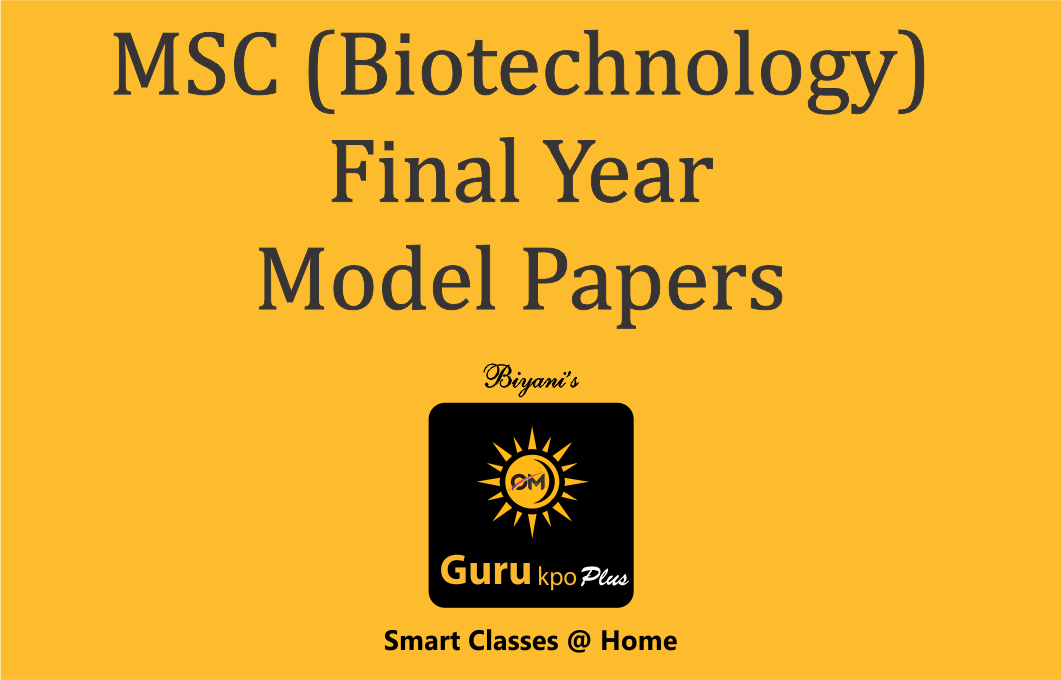
Defination- Major histocompatibility complex is tightly linked clusterof genes whose product play role in intercellular recognition and to make defference between self and nonself molecule.MHC molecule act as a antigen presenting structure. T cell recognize antigen only when it is combined with an MHC molecule.
Types- MHC molecule have two types
1) Class I MHC molecule 2) Class II MHC molecule
Structure- Type I MHC- It has a 45 KD alpha chain associated noncovalently with a 12 KD beta 2 microglobulin molecule. Alpha chain is a trans membraneglycoprotein encoded by A, B, C region in human HLA complexes and by K, D/L region in mice. Association of alpha chain and beta 2 microglobulin require for expression of class I molecule on cell membrane. Alpha chain bind to plasma membrane by its hydrophobic transmembrane segment and hydrophilic cytoplasmic tail. Alpha chain is made up of three external domain(α1,α2,α3). Each domain have 90 amino acid, a trans membrane domain have 25 hydrophobic amino acid, a short segment of hydrophilic amino acid and a cytoplasmic segment of 30 amino acid. Peptide which bind to class I MHC is made up of 8-9 amino acid.
Type II MHC- Class II MHC bind to peptide and present these peptides to CD4 T celles. These peptides derived from exogenous protein. Peptide degred with in the endocytic processing pathway Class II MHC peptide contain 13-18 amino acid. Peptide binding cleft in class II MHC molecule is open at both ends and allow peptide to extend at both ends like a long hot dog in a buns.Peptide have an internal sequence containing 7-10 amino acid. This sequence has an aromatic or hydrophobic residue at the amino terminus and 3 additional hydrophobic residue in the middle portion and carboxy terminal end of the peptide.







